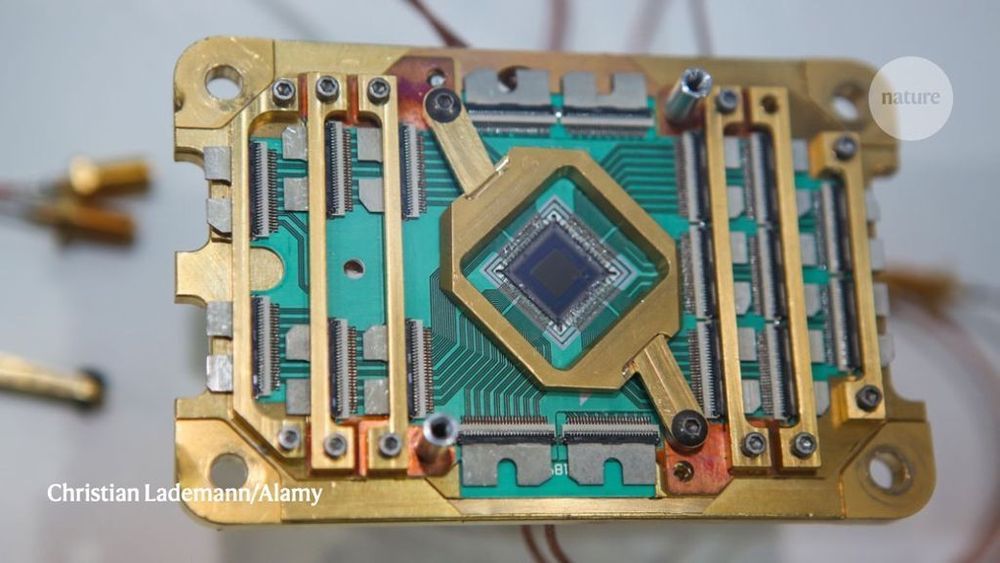
In my humble opinion, this was very real but is still based on science. But quantum mechanics would democratize this technology rather than needing a human interface. I think in the right hands and doing good it comes essentially do so much even materializing water or food endlessly using psionic abilities. Really quantum mechanics could lead to even materializing a cup of coffee from a computer. This is probably the most groundbreaking knowledge because quantum mechanics can prove that this is real. There are still ethical problems with this technology but the possibilities make this essentially a cheaper form of a replicator than essentially a Higgs boson one may be using a lot less energy. If it was fully understood it could allow for real psionic abilities for everyone maybe using a device perhaps even with a limiter for safety or even air-gapped so it is just on a smartphone. One day you could essentially just press a button on a smartphone and a cup of coffee would materialize or your favorite beverage, not just a uber or teleportation but essentially real materializing which some say that has been used possibly since the founding of the planet earth based on mythology seen from all over the planet earth.
SPINE-chilling stories about the sinister goings-on at Camp Hero air force base in Montauk have long been the stuff of local legend.
Since the Seventies, tall tales have surrounded the derelict facility in Long Island, New York.
Most concern the US Government’s top secret Montauk Project — which, so the stories go, involved kidnapped kids, mind-control experiments, time travel, psychic brainwashing, aliens and a petrifying, other-worldly beast.









